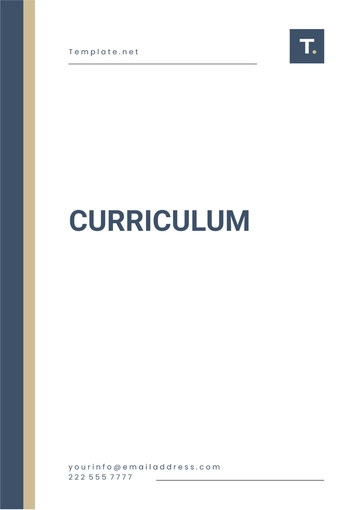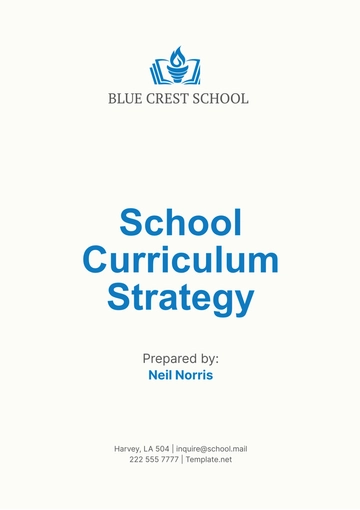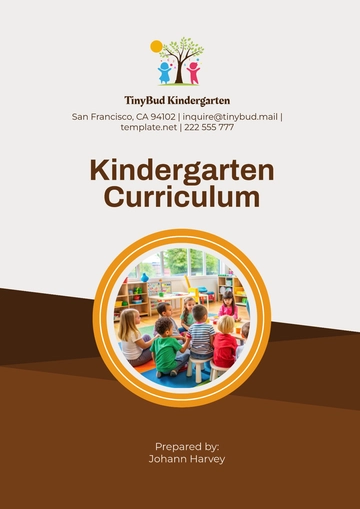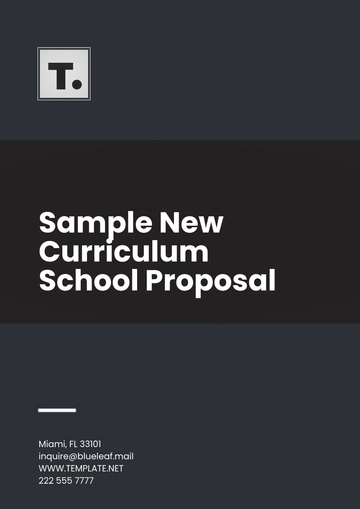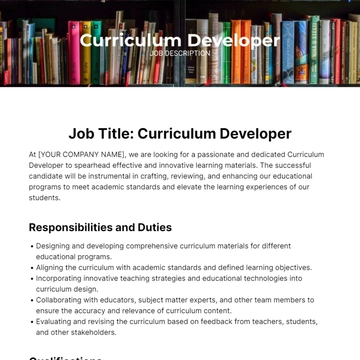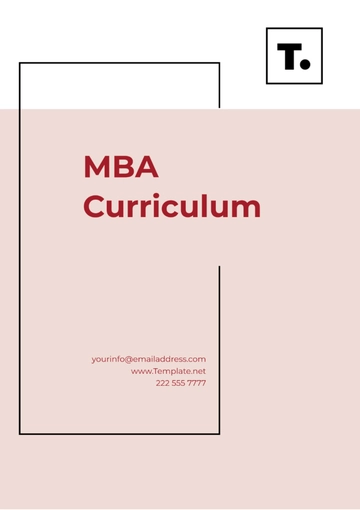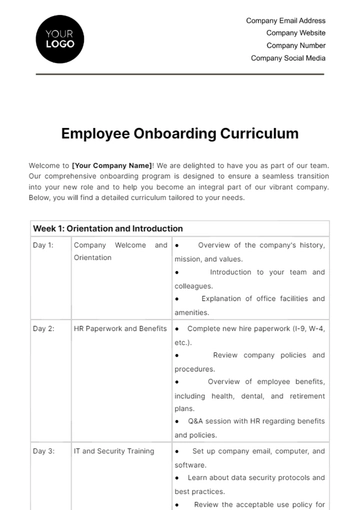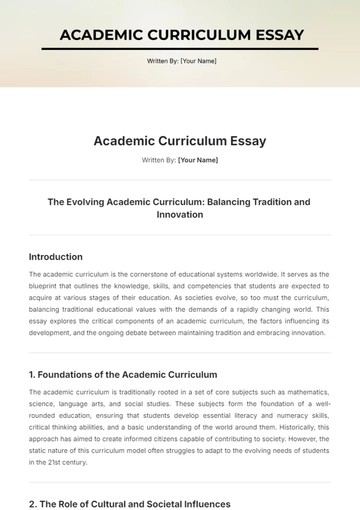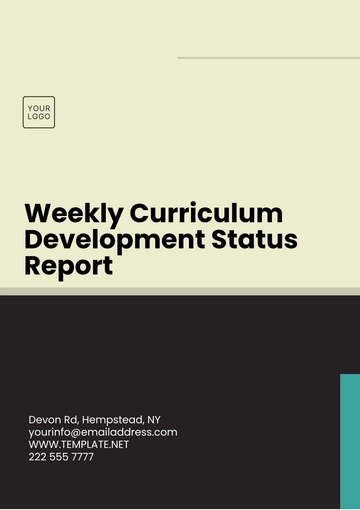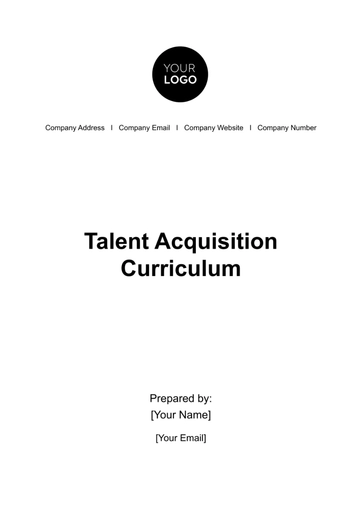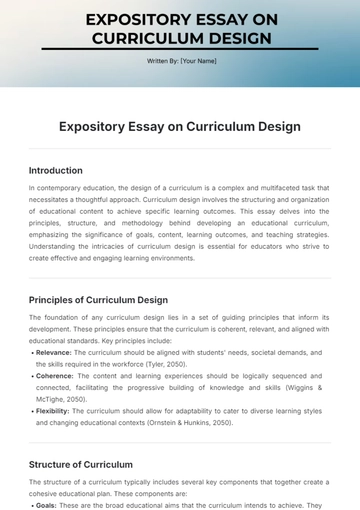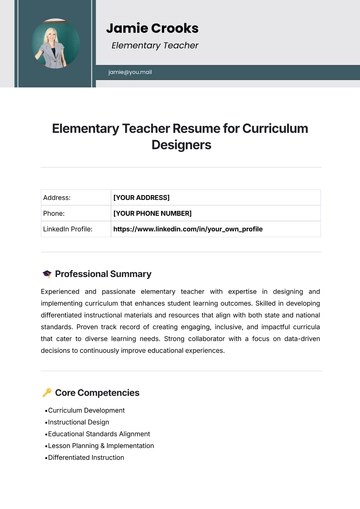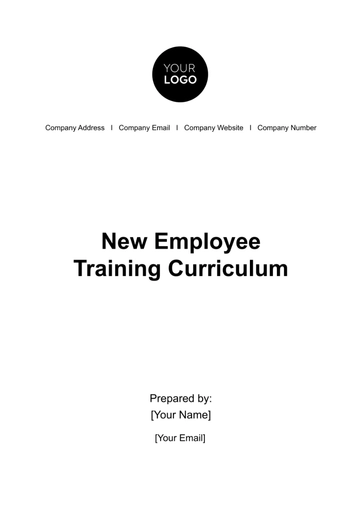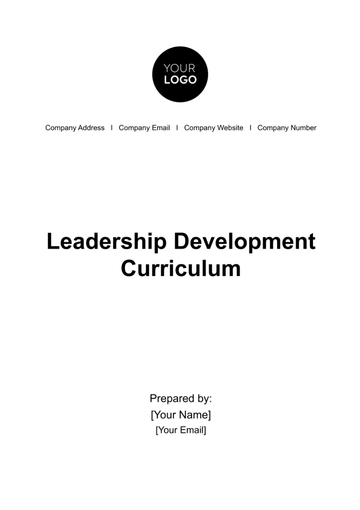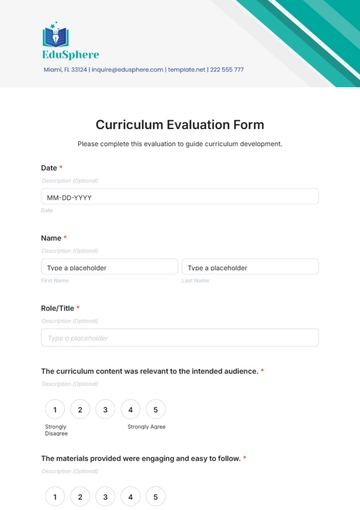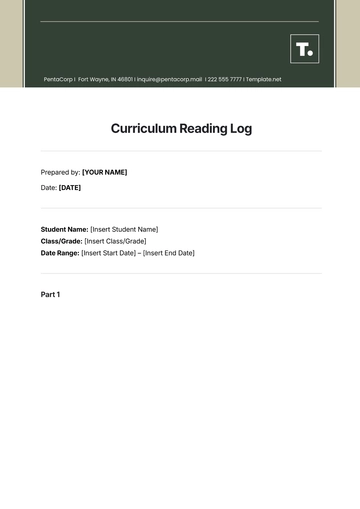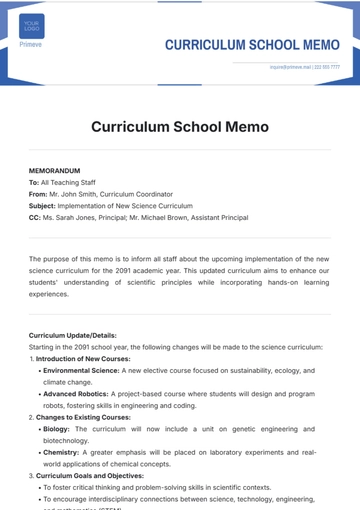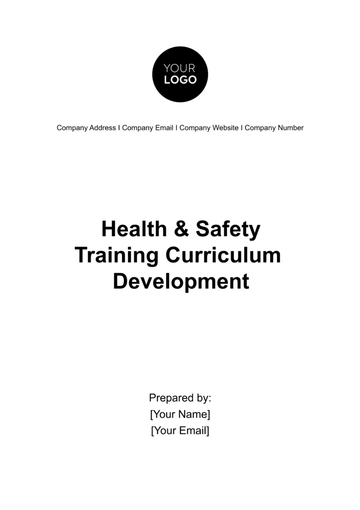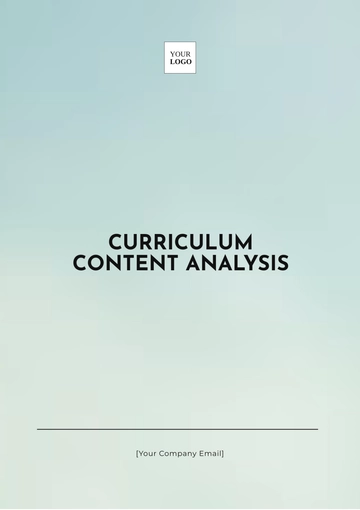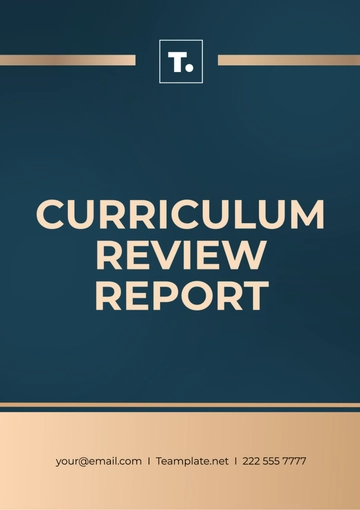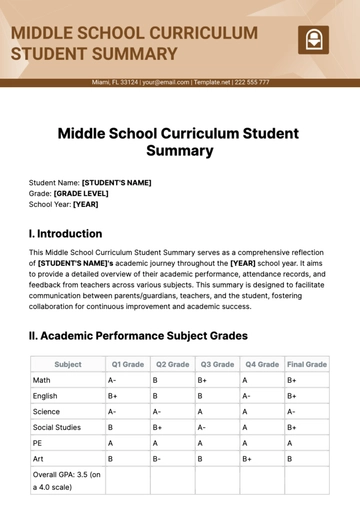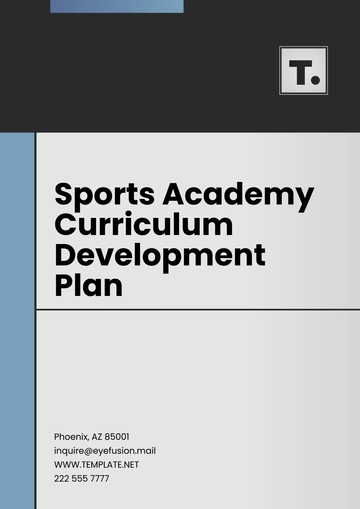Free School Curriculum Strategy
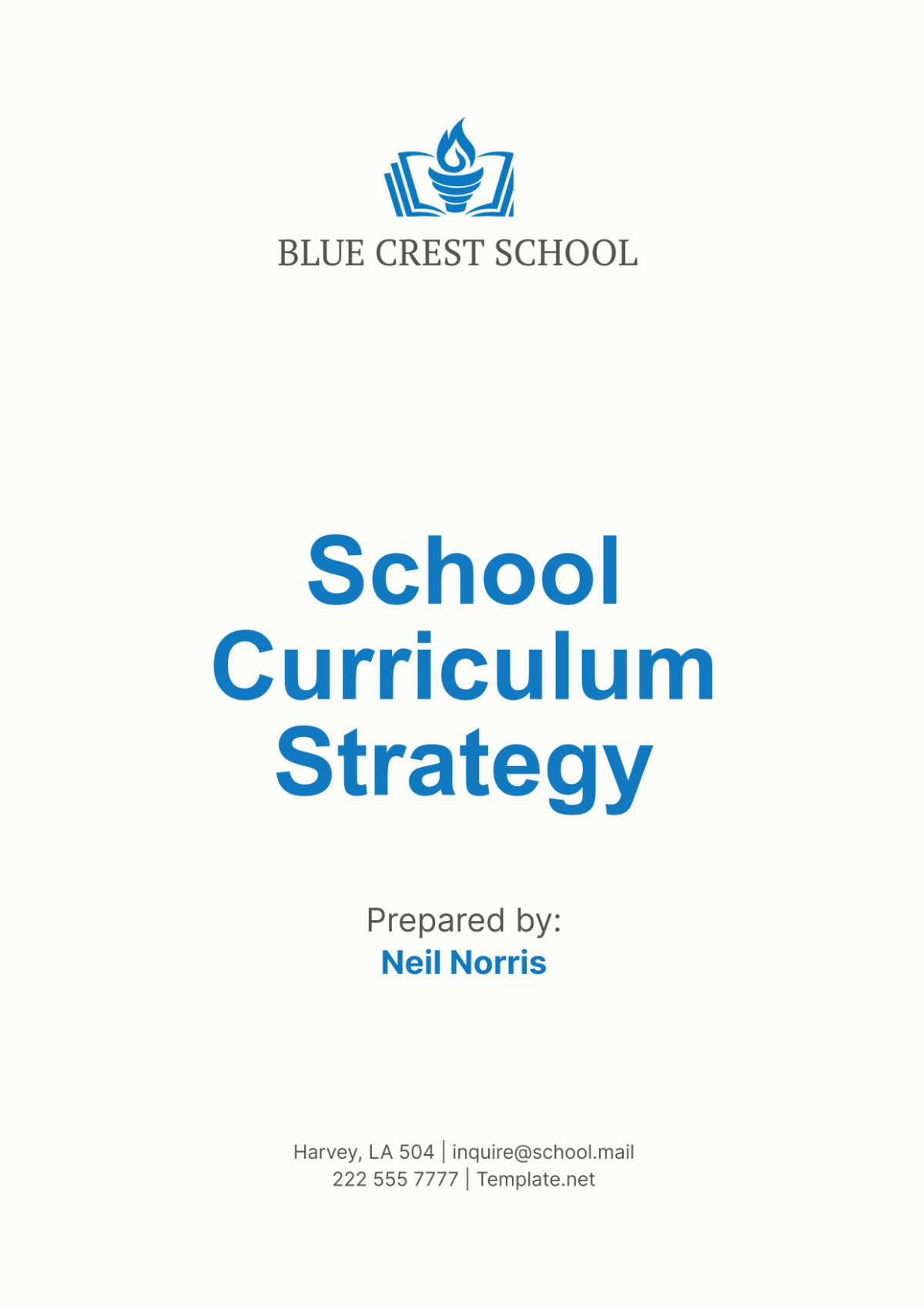
I. Introduction
In the dynamic landscape of education, a robust and adaptive curriculum is essential to ensure that students are well-prepared to meet the challenges of the future. The School Curriculum Strategy of [Your Company Name] aims to provide a comprehensive framework for developing, implementing, and continually improving our curriculum. This document outlines our strategic approach to curriculum design, integration of technology, teacher training, student assessment, and ongoing evaluation.
II. Vision and Mission
Our vision and mission guide the development of our curriculum strategy, ensuring that all initiatives align with our core values and educational goals. They serve as the foundation for every decision we make, from curriculum development to classroom instruction, and help us maintain a consistent focus on what we aim to achieve for our students and the broader school community.
Vision
To cultivate an innovative, inclusive, and dynamic learning environment that empowers students to achieve their full potential.
Our vision is a statement of our aspirations for the future. It reflects our commitment to creating an educational environment that is not only academically rigorous but also nurturing and supportive. We believe that education should be a transformative experience, one that equips students with the knowledge, skills, and attitudes necessary to navigate and thrive in a rapidly changing world.
Key Components of Our Vision:
Innovation: We strive to incorporate the latest educational technologies, methodologies, and pedagogical practices to ensure that our students receive a cutting-edge education. This involves continuous professional development for our teachers, investment in state-of-the-art classroom resources, and a curriculum that embraces new and emerging fields of study.
Inclusivity: We are dedicated to creating a learning environment where every student feels valued and supported. This means recognizing and celebrating diversity, providing resources and opportunities for all students, regardless of their backgrounds or abilities, and fostering a culture of respect and empathy within our school community.
Dynamic Learning Environment: We aim to create a vibrant and engaging educational experience that motivates and inspires students. This involves a curriculum that is flexible and adaptable, incorporating experiential learning opportunities, project-based learning, and interdisciplinary approaches that connect different areas of knowledge and skill.
Expected Outcomes of Our Vision:
Empowered Students: Students who are confident, self-motivated, and equipped with the skills and knowledge to pursue their passions and goals.
Academic Excellence: High levels of academic achievement across all subjects, with students consistently performing at or above grade-level expectations.
Holistic Development: Well-rounded individuals who excel not only academically but also socially, emotionally, and ethically.
Mission
To provide a well-rounded education that promotes academic excellence, critical thinking, creativity, and social responsibility.
Our mission is a clear and concise statement of our purpose. It outlines the core objectives that drive our daily operations and long-term planning. We believe that education should prepare students for life, not just for exams, and our mission encapsulates this broader purpose.
Key Components of Our Mission:
Academic Excellence: We are committed to maintaining high standards of academic achievement. This involves rigorous curriculum development, effective teaching practices, and continuous assessment and improvement. We aim to provide students with a strong foundation in core subjects while also offering opportunities for advanced study and enrichment.
Critical Thinking: We emphasize the importance of critical thinking and problem-solving skills. Our curriculum is designed to challenge students to think deeply and critically about the world around them, encouraging them to question assumptions, analyze information, and develop well-reasoned conclusions.
Creativity: We believe that creativity is a vital skill for the 21st century. Our educational programs encourage students to explore their creative potential through the arts, sciences, and humanities. We provide opportunities for students to engage in creative projects, collaborate with peers, and express their ideas in innovative ways.
Social Responsibility: We aim to instill a sense of social responsibility in our students. This involves teaching them about the importance of civic engagement, ethical behavior, and community service. We encourage students to think about their role in society and to take action to make a positive difference in their communities and beyond.
Expected Outcomes of Our Mission:
Lifelong Learners: Students who are curious, engaged, and committed to lifelong learning.
Innovative Thinkers: Individuals who can think outside the box, approach problems creatively, and develop innovative solutions.
Responsible Citizens: Graduates who are informed, responsible, and active members of their communities.
Implementing Our Vision and Mission:
To realize our vision and mission, we implement a range of strategic initiatives and programs:
Professional Development for Teachers: Continuous training and support for teachers to ensure they have the skills and knowledge to deliver high-quality education.
Curriculum Development: Regular review and update of the curriculum to ensure it remains relevant, challenging, and aligned with our educational goals.
Student Support Services: Comprehensive support services to address the academic, social, and emotional needs of students, including counseling, tutoring, and extracurricular activities.
Community Engagement: Strong partnerships with parents, local businesses, and community organizations to support student learning and development.
Our vision and mission are the cornerstones of our educational philosophy at [Your Company Name]. They guide our actions, inform our decisions, and inspire us to strive for excellence in all that we do. By staying true to these guiding principles, we aim to create a learning environment that empowers students to reach their full potential and make a positive impact on the world.
III. Curriculum Development
Developing a comprehensive curriculum requires a strategic approach that involves careful planning, collaboration, and continuous improvement.
A. Core Curriculum
Objective
To establish a strong foundation in essential academic subjects, ensuring that all students acquire the necessary knowledge and skills.
Key Components
Language Arts: Emphasizes reading, writing, speaking, and listening skills.
Mathematics: Focuses on problem-solving, critical thinking, and practical application.
Science: Encourages inquiry, experimentation, and scientific literacy.
Social Studies: Promotes understanding of history, geography, civics, and cultural diversity.
Subject | Goals |
|---|---|
Language Arts | Develop literacy, communication skills, and a love for reading. |
Mathematics | Build a strong foundation in numerical and analytical skills. |
Science | Foster curiosity and understanding of the natural world. |
Social Studies | Cultivate informed and engaged global citizens. |
B. Elective Courses
Objective
To offer a diverse range of elective courses that allow students to explore their interests and talents.
Key Components
Arts: Includes visual arts, music, theater, and dance.
Technology: Covers computer science, robotics, and digital media.
Physical Education: Promotes physical fitness, teamwork, and healthy lifestyles.
Languages: Offers opportunities to learn additional languages and understand different cultures.
Elective | Goals |
|---|---|
Arts | Encourage creativity and artistic expression. |
Technology | Equip students with skills for the digital age. |
Physical Education | Foster physical health and teamwork. |
Languages | Enhance cultural awareness and communication skills. |
IV. Integration of Technology
Integrating technology into the curriculum is essential for preparing students for the modern world. This section outlines our approach to incorporating digital tools and resources into teaching and learning.
A. Digital Literacy
Objective
To ensure that all students develop the skills necessary to navigate and succeed in a digital world.
Key Components
Basic Computer Skills: Teach students how to use computers, software, and internet tools effectively.
Online Safety: Educate students about safe and responsible use of the internet.
Digital Research: Develop students' ability to find, evaluate, and use online information.
Skill | Goals |
|---|---|
Basic Computer Skills | Ensure proficiency in using digital tools. |
Online Safety | Promote safe and responsible internet use. |
Digital Research | Develop critical evaluation and research skills. |
B. Technology in the Classroom
Objective
To enhance teaching and learning through the effective use of technology.
Key Components
Interactive Learning: Use interactive whiteboards, tablets, and other devices to engage students.
Online Resources: Incorporate online textbooks, videos, and educational websites into lessons.
Collaborative Tools: Utilize platforms like Google Classroom and Microsoft Teams to facilitate collaboration and communication.
Tool | Goals |
|---|---|
Interactive Learning | Engage students through interactive technology. |
Online Resources | Provide access to a wealth of information and learning materials. |
Collaborative Tools | Enhance communication and teamwork among students. |
V. Teacher Training
Effective teacher training is crucial for the successful implementation of the curriculum. This section outlines our strategy for providing ongoing professional development for educators.
A. Professional Development Programs
Objective
To equip teachers with the skills and knowledge needed to deliver the curriculum effectively.
Key Components
Workshops and Seminars: Offer regular training sessions on curriculum content, teaching methods, and technology integration.
Peer Learning: Encourage collaboration and knowledge-sharing among teachers through peer observations and study groups.
Mentorship: Pair experienced teachers with new or less experienced teachers to provide guidance and support.
Program | Goals |
|---|---|
Workshops | Enhance understanding of curriculum and teaching methods. |
Peer Learning | Foster a collaborative and supportive teaching environment. |
Mentorship | Provide personalized guidance and support for teachers. |
B. Continuous Improvement
Objective
To foster a culture of continuous improvement through regular feedback and reflection.
Key Components
Self-Assessment: Encourage teachers to reflect on their practice and identify areas for growth.
Student Feedback: Collect feedback from students to understand their learning experiences and adjust teaching methods accordingly.
Professional Learning Communities: Establish groups of teachers who meet regularly to discuss challenges, share strategies, and support each other.
Component | Goals |
|---|---|
Self-Assessment | Promote self-reflection and professional growth. |
Student Feedback | Gain insights into student learning experiences. |
Learning Communities | Create a supportive network for continuous improvement. |
VI. Student Assessment
Effective assessment strategies are essential for measuring student progress and informing instruction. This section outlines our approach to student assessment.
A. Formative Assessment
Objective
To provide ongoing feedback that helps students improve their learning.
Key Components
Quizzes and Tests: Regular short assessments to check for understanding.
Classroom Activities: Use of interactive activities and discussions to gauge student comprehension.
Homework: Assignments that reinforce learning and provide insight into student progress.
Method | Goals |
|---|---|
Quizzes and Tests | Monitor student understanding and progress. |
Classroom Activities | Engage students in active learning and assessment. |
Homework | Reinforce learning and provide feedback. |
B. Summative Assessment
Objective
To evaluate student learning at the end of a unit or course.
Key Components
Exams: Comprehensive tests that cover all material taught.
Projects: In-depth assignments that allow students to apply their knowledge and skills.
Portfolios: Collections of student work that demonstrate learning over time.
Method | Goals |
|---|---|
Exams | Assess comprehensive understanding of material. |
Projects | Allow students to apply and demonstrate their learning. |
Portfolios | Showcase student growth and achievement over time. |
VII. Curriculum Evaluation
Regular evaluation of the curriculum is necessary to ensure its effectiveness and relevance. This section outlines our strategy for evaluating and improving the curriculum.
A. Review Process
Objective
To assess the effectiveness of the curriculum and identify areas for improvement.
Key Components
Teacher Feedback: Collect input from teachers on the strengths and challenges of the curriculum.
Student Performance Data: Analyze student assessment data to identify trends and areas for improvement.
Curriculum Audits: Conduct regular reviews of the curriculum content and delivery methods.
Method | Goals |
|---|---|
Teacher Feedback | Gain insights from teachers on curriculum effectiveness. |
Student Performance Data | Identify trends and areas for improvement. |
Curriculum Audits | Ensure the curriculum is up-to-date and effective. |
B. Continuous Improvement
Objective
To create a cycle of continuous improvement for the curriculum.
Key Components
Action Plans: Develop action plans based on evaluation findings to address identified issues.
Professional Development: Provide ongoing training to address areas for improvement.
Stakeholder Involvement: Involve parents, students, and the community in the evaluation process to ensure the curriculum meets their needs.
Component | Goals |
|---|---|
Action Plans | Address issues and improve curriculum effectiveness. |
Professional Development | Equip teachers with skills to implement improvements. |
Stakeholder Involvement | Ensure the curriculum meets the needs of all stakeholders. |
VIII. Conclusion
The School Curriculum Strategy of [Your Company Name] is designed to create a dynamic and effective learning environment that prepares students for the future. By focusing on core academic subjects, integrating technology, providing ongoing teacher training, and regularly evaluating the curriculum, we aim to ensure that our students receive a high-quality education that fosters academic excellence, critical thinking, creativity, and social responsibility.
For any questions or further information, please contact [Your Name] at [Your Email] or [Your Company Number].
This comprehensive School Curriculum Strategy provides a detailed framework for developing and implementing a curriculum that meets the needs of students, teachers, and the community. By continuously evaluating and improving our curriculum, [Your Company Name] aims to provide an education that prepares students for success in the 21st century.
- 100% Customizable, free editor
- Access 1 Million+ Templates, photo’s & graphics
- Download or share as a template
- Click and replace photos, graphics, text, backgrounds
- Resize, crop, AI write & more
- Access advanced editor
Develop an effective educational roadmap with Template.net's School Curriculum Strategy Template. Tailored for academic institutions, this editable tool facilitates the design and refinement of curriculum frameworks. Utilize our AI editor to customize objectives, integrate innovative teaching methodologies, and align content with educational standards. Perfect for enhancing learning outcomes and preparing students for future challenges.
